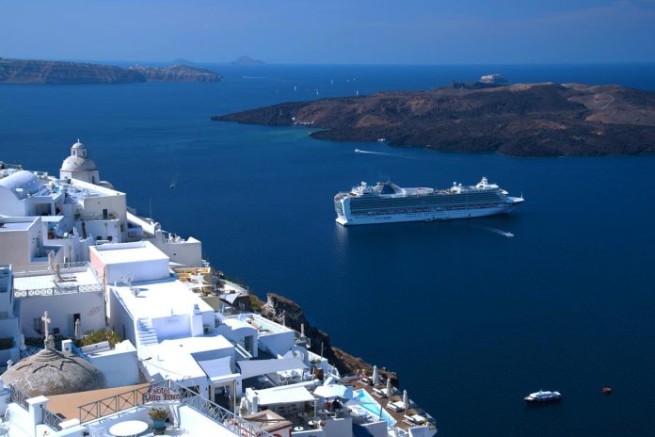Archaeologists have found the ruins of the ancient city of Meliboia, which Homer described in his immortal Iliad, near the port of Agiokampos in Greece.
The remains of a Hellenistic sanctuary, built from alabaster and local sources of stone, have been unearthed during the EFA excavations, begun relatively recently by a team of archaeologists led by Nectaria Alekogo. The find dates back to the 3rd-2nd centuries BC. This city is mentioned in the pages of Homer’s epic poem describing the events of the Trojan War. Heritage Daily…
The work was carried out on an overgrown and rugged acropolis. The 135.9 acre (549,967.79 sqm) plot is set on erected terraces at the foot of Mount Mavrovouni and stretches to the rocky shores of the North Aegean Sea.
The archaeological team uncovered many architectural elements: an entablature (the upper part of a classical building supported by columns or colonnades), five Doric capitals, a statue base, column parts, a marble bench leg, and two marble children’s heads.
Notable finds include sealed tiles bearing the names of the owners of ceramic shops. One of them bears the inscription “MELIVOIAS”, possibly associated with Magnesia Melivoia (Meliba or Meliboia), a city and a city in ancient Thessaly. Homer describes Magnesia Melivoia in the Catalog of Ships in Book II of the Iliad, where he lists the contingents of the Achaean army that sailed to Troy.
Other numerous finds include Thessalian and Macedonian bronze coins, iron nails and arrowheads, clay lamps, bronze rings, amphora fragments, drinking vessels.
Until now, the location of Meliboy remained a mystery to scientists. It is also mentioned by other ancient authors: Strabo, Herodotus, and the Roman historian Titus Livy. The ancient city is famous for the production of Tyrian purple – a dye that allows you to get different shades, from dark purple to black. It was extracted from the shellfish that were found off the coast of Thessaly.
Excited archaeologists are optimistic that they will continue excavations in the spring of 2022.






More Stories
Metropolitan Chrysostom: "The Church will never recognize same-sex marriage – the issue is not closed"
Schools in Germany: convert to Islam so as not to be an outsider
On this day in 1896, a statue was found in Delphi "Delphic Charioteer"